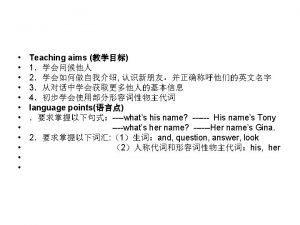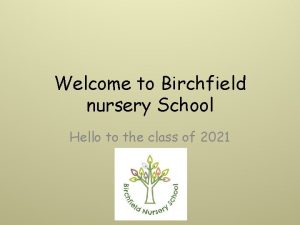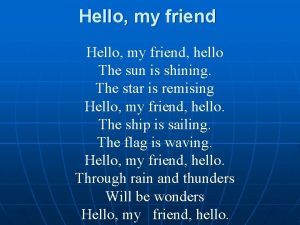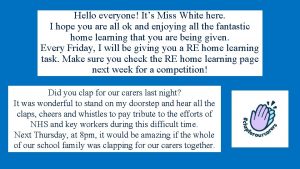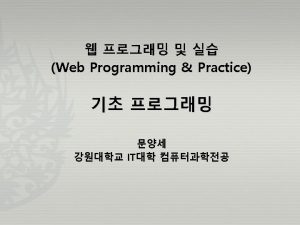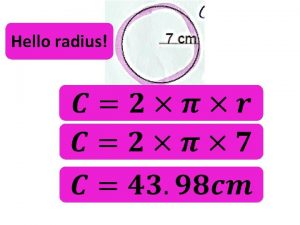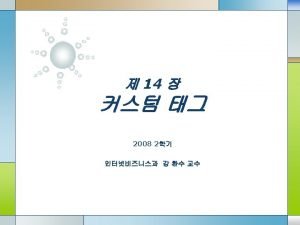Music Learning Theory in Instrumental Music HELLO Dr











- Slides: 11

Music Learning Theory in Instrumental Music

HELLO! Dr. Pamela L. Turowski pamela. turowski@gmail. com pamelaturowski. wordpress. com 2

Overarching Objectives ▪ (a) develop as fluent, independent, and creative musicians by building new skills and drawing from their prior musical experiences ▪ (b) work collaboratively to discover confidence and leadership and to develop problem-solving and critical thinking skills 3

Executive Skills v. Musicianship Skills Executive Technique, Assembly, Disassembly, Embouchure, Articulation, Tonguing, Hand position, Posture, Fingerings, Slide position, Sticking, Bowing Musicianship Tonal Rhythmic Creativity Reading with Comprehension (West, 2015) 4

Problem: Too many unfamiliar skills at the beginning Heavy focus on executive skills 5

Purpose: Focusing on teaching musicianship skills develops students’ audiation and students begin to develop musical fluency and independence. 6

Common Songs in Band Method Books Hot Cross Buns (10) Jolly Old St. Nicholas (10) Jingle Bells (9) Ode to Joy (9) When the Saints Go Marching In (9) Pierrot (8) Are You Sleeping (8) Sakura (8) Alouette (7) Aura Lee (7) Down by the Station (7) Largo from New World Symphony (7) Lightly Row (7) 7 Minuet (7) Camptown Races (6) Carnival of Venice (6) Kum Bah Yah (6) Mary Ann (6) Skip to My Lou (6) Surprise Symphony (6) Volga Boatman (6) Good King Wenceslas (6) Amazing Grace (5) London Bridge (5) (Stringham & Snell, in press)

Make the Unfamiliar Familiar 1. Use familiar songs to introduce the context/content 2. Listen to songs with the same context/content 3. Sing/chant songs and patterns with same context/content 4. Play/chant songs and patterns with same context/content 5. Improvise songs and patterns with same context/content 6. Read familiar songs and patterns with the same context/content 7. Write familiar songs and patterns with the same context/content 8. Read unfamiliar songs and patterns with the same context/content 9. Compose new songs and patterns with the same context/content

Skill Learning Sequence 1. 2. 3. 4. 5. 6. 7. 8. 9. 9 Familiar song Listen to songs Sing/chant songs and patterns Play songs and patterns Improvise songs and patterns Read familiar songs and patterns Write familiar songs and patterns Read unfamiliar songs/patterns Compose new songs/patterns 1. 2. 3. 4. 5. 6. 7. 8. 9. Start with what they know Acculturation, A/O, VA Verbal Association Improvisation A/O & VA Symbolic Assoc. , Composite Synth Reading Symbolic Assoc. , Composite Synth Writing Generalization SA/CS Reading Generalization SA/CS Writing

Tonal Scope & Sequence Major Tonality I Minor Tonality Major Tonality Minor Tonality 10 I V 7 i V 7 IV V 7 i iv V 7 Dorian, Mixolydian Primary Chords Major & Minor Other pre-dominants ii, vi Major & Minor Secondary dominants, V/V, V/ii, V/vi (adapted from Gordon, 2012)

THANKS! Any questions? You can find me at: pamela. turowski@gmail. com Pamelaturowski. wordpress. com @PLTuro. Music 11


